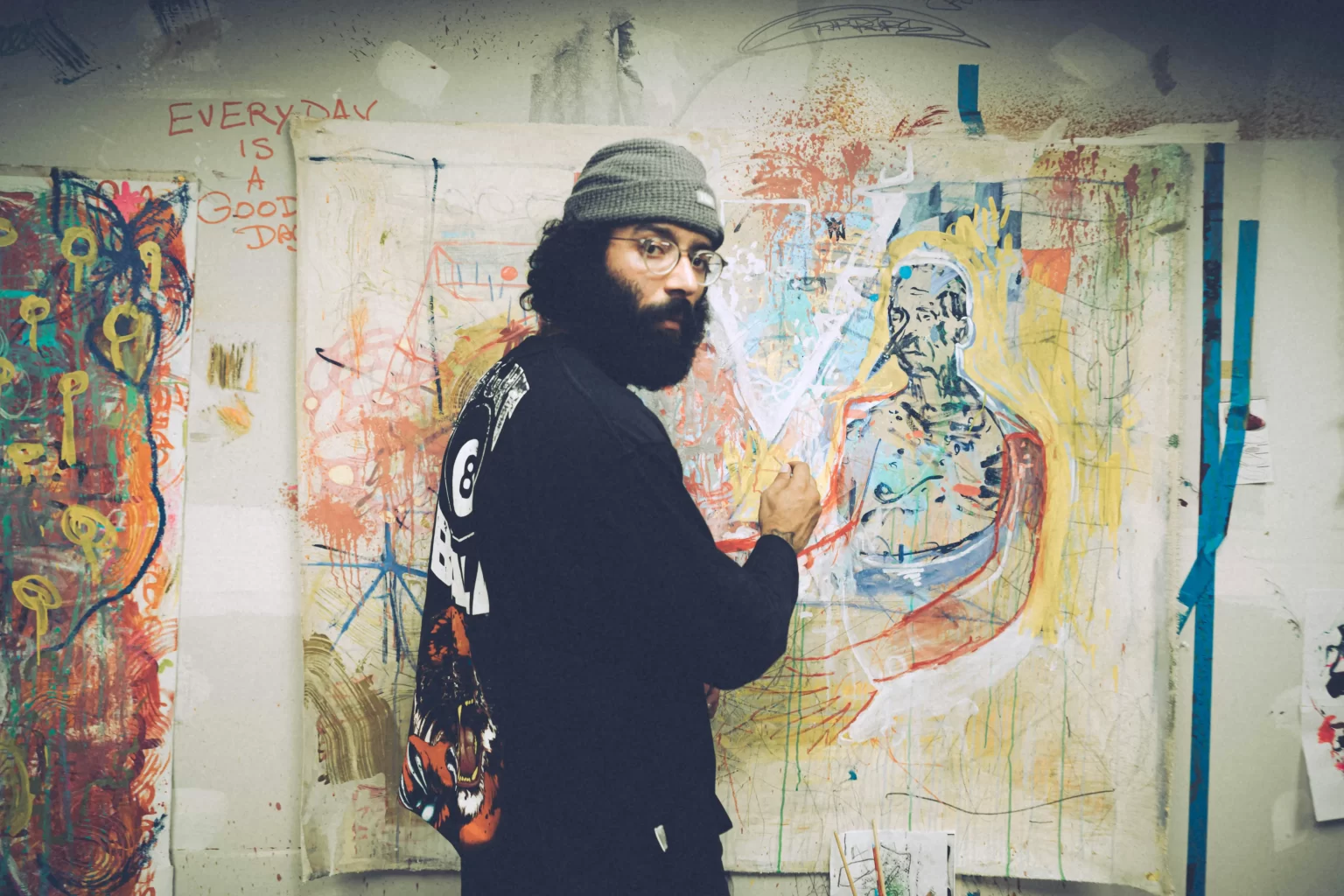A brand that always delivers a sense of adventure or comfort can make a lasting impact. This is the role of brand archetypes. These archetypes form the base of a brand’s identity. They help it connect emotionally with its audience. Developing and using these archetypes is key for shaping a brand. A brand that stands out and resonates deeply with consumers.
Understanding Brand Archetypes
Brand archetypes are universal characters or personas. They represent specific roles and traits. They come from Carl Jung’s theory of archetypes. These are deep-seated in our collective unconscious. Brands use these archetypes to create a relatable and engaging identity. Below are the main brand archetypes:
The Hero
Hero brands inspire and motivate their audience by embodying qualities like bravery, strength, and determination. These brands strive to make the world a better place by rising to challenges and demonstrating courage. They appeal to consumers who see themselves as champions or who aspire to overcome obstacles and achieve greatness. Hero brands often feature strong visual elements in their style guide.
Examples: Nike, Duracell

The Creator
Creator brands champion creativity and self-expression. They encourage originality and innovation, always seeking to bring new ideas to life. These brands are ideal for those who value imagination and want to be seen as visionaries or pioneers in their field. Successful brands in this archetype work closely with graphic designers to develop a unique style guide that reflects their vision statement.
Examples: LEGO, Adobe

The Caregiver
This one is for the nurturing and supporting brands. They emphasize kindness, compassion, and trustworthiness, often providing care and protection. These brands appeal to those who prioritize helping others and creating a safe and supportive environment. A successful brand development strategy for Caregiver brands of course would involve caring for their audience! Having excellent customer service and community welfare is a great first step.
Examples: Johnson & Johnson, TOMS

The Explorer
These brands desire for adventure and discovery. They are curious and independent, always pushing boundaries and encouraging their audience to explore new experiences. These brands attract those who seek freedom and are constantly looking for new horizons to conquer. Effective brand development strategies for Explorers include ongoing processes that adapt to new trends and customer needs.
Examples: The North Face, Jeep

The Lover
Lover brands emphasize creating deep relationships and evoking strong emotions. They are passionate and intimate, celebrating beauty, love, and connection. These brands resonate with consumers who value romance, pleasure, and personal connections. Marketing campaigns for Lover brands often focus on building a strong emotional bond with their customer base through visually appealing content.
Examples: Chanel, Victoria’s Secret

The Sage
Sage brands are known for their pursuit of wisdom and knowledge. They seek truth and understanding, acting as advisors and valuing learning and insight. These brands attract those who are thoughtful, analytical, and value intellectual growth. Sage brands often use content marketing to share insights and educational material, reinforcing their role as trusted sources of knowledge.
Examples: Google, Harvard University

The Jester
Jester brands bring joy and laughter to their audience. They are playful, fun, and often irreverent, encouraging people to live in the moment and not take life too seriously. These brands appeal to those who value humor and spontaneity. A successful Jester brand uses a style guide that reflects their playful nature and engages their audience through light-hearted marketing campaigns.
Examples: M&M’s, Old Spice

The Magician
Magician brands create wonder and transformation in their audience’s lives. They are visionary and charismatic, aiming to make dreams come true by focusing on extraordinary experiences and inspiring change. These brands resonate with those who believe in the power of imagination and transformation. Magician brands often employ a strategic process to align their vision statement with their marketing strategies.
Examples: Disney, Apple

The Ruler
Ruler brands project authority, control, and order. They are leaders and organizers, seeking stability and projecting confidence and success. These brands appeal to consumers who value leadership, power, and a sense of control over their environment. Ruler brands benefit from a clear style guide that reinforces their authoritative image and utilizes content marketing to establish their dominance.
Examples: Rolex, Mercedes-Benz

The Innocent
Innocent brands are characterized by their purity, optimism, and moral goodness. They strive for simplicity, happiness, and honesty, appealing to those who desire a more wholesome and untainted way of life. These brands attract consumers who value positivity and a straightforward, unpretentious approach to life. Marketing channels for Innocent brands focus on honest and uplifting messages that resonate with their audience’s values.
Examples: Dove, Coca-Cola

The Rebel
Rebel brands challenge the status quo and are bold, unconventional, and often disruptive. They appeal to those who want to break free from norms and make a statement, resonating with consumers who see themselves as independent thinkers and rule-breakers. A solid strategy for Rebel brands includes using provocative marketing campaigns that highlight their uniqueness and defiance.
Examples: Harley-Davidson, Virgin

The Everyman
Everyman brands are relatable and approachable, embodying friendliness and down-to-earth values. They emphasize belonging and community, appealing to those who seek connection and the comfort of being part of a larger group. These brands attract consumers who value simplicity and the common touch. Everyman brands often use marketing strategies that emphasize inclusivity and relatability, ensuring their messaging appeals to their broad customer base.
Examples: IKEA, Target

Archetypes in Brand Development
These archetypes can create an emotional connection with potential customers. Similarity to how a brand style or story can. Additionally, When a brand stays true to its chosen archetype, it builds a relatable story.
Consistency in messaging is also important. A brand’s archetype should be clear in all its communication. This includes marketing materials and social media marketing. This uniformity strengthens the brand’s identity. It ensures consumers know what to expect.
Choosing the Right Archetype for Your Brand
Choosing the right archetype starts with identifying your core values and mission statement. Your brand’s archetype should match what you stand for. It should align with your goals. For example, if your brand values creativity, the Creator archetype might fit. Work through your brands development process, and really focus on how your brand will look to your target audience. Learn about their preferences, needs, and values. Decide which archetype will resonate most with them.
Implementing Archetypes in Brand Strategy
Once you’ve chosen the right archetype, include it in your branding strategy. Storytelling is a great tool. Create engaging stories that reflect your brand’s archetype. Let potential customers see themselves in your stories.
Visual and verbal identity should also reflect your chosen archetype. From colors and fonts to tone and style, every part should reinforce your brand’s persona. This coherence strengthens your brand’s identity. It makes it more memorable.
Conclusion
Brand archetypes are a useful tool for shaping a brand’s identity. They help create emotional connections and ensure consistency in messaging. They provide a clear framework for storytelling and visual identity. By developing your brand’s archetypes, you can build a stronger identity that stands out.
At Brand Cloud, we help you build your brand from the ground up. We work hard to make sure your brand resonates deeply with your target market. Contact us today to start crafting a compelling brand story. Visit our FAQ page for more details and begin your journey to a stronger brand identity.
